Outdoor LED displays are becoming increasingly popular due to their versatility and ability to deliver vibrant and eye-catching visuals. They are widely used in various applications such as advertising, sports events, concerts, and public displays. As technology advances, outdoor LED displays are also evolving, making them more efficient and cost-effective. In this article, we will discuss the development trends of outdoor LED displays, LED display technology and application, the difference between indoor and outdoor displays, and a selection guide to help you choose the best outdoor LED display for your needs.
- Development Trend of Outdoor LED Display
- Outdoor LED Display Technology and Application
- Indoor vs. Outdoor LED Display
- Outdoor LED Display Selection Guide
Development Trend of Outdoor LED Display
The development trend of outdoor LED displays is primarily focused on improving the display’s brightness, contrast, and energy efficiency. The advancement of LED technology has made it possible to produce brighter and more vivid displays while consuming less power. Another trend is towards a finer pixel pitch, which means more pixels per inch, resulting in a higher-resolution display with more details.
Higher Resolution: The resolution of outdoor LED displays is continually increasing, with finer pixel pitches providing greater detail and clarity. This trend is driven by the demand for higher-quality visuals and improved viewing experiences. The use of 4K and 8K resolution displays is also on the rise, offering even higher definition and clarity to the images and videos displayed. In addition, the integration of smart technology into outdoor LED displays is becoming more common, allowing them to be remotely controlled, monitored, and managed.
Increased Brightness: One of the most significant challenges of outdoor LED displays is combating the effects of natural sunlight. To address this issue, manufacturers are increasing the brightness levels of outdoor displays to ensure that the images and videos are visible even in direct sunlight.
Energy Efficiency: LED displays are known for their energy efficiency, but manufacturers are continually looking for ways to improve efficiency even further. This trend is driven by the need to reduce power consumption and operating costs.
Smart Integration: With the rise of the Internet of Things (IoT), outdoor LED displays are being integrated with smart technology to enable remote control, monitoring, and management. This integration allows for more efficient and effective use of outdoor LED displays.
Improved Durability: Outdoor LED displays must withstand harsh environmental conditions, including extreme temperatures, rain, and wind. Manufacturers are continually improving the durability of outdoor LED displays to ensure that they can withstand these conditions and last for many years.
Customization: Outdoor LED displays are becoming more customizable, with manufacturers offering a range of options for size, shape, and color. This trend is driven by the need for displays that can be tailored to specific customer requirements and locations.
With these advancements, outdoor LED displays are becoming more versatile and useful for a range of applications, including advertising, sports events, and public displays.
Outdoor LED Display Technology and Application
Outdoor LED display technology is specifically designed to withstand harsh environmental conditions and provide high visibility in outdoor settings. They are commonly used for advertising, sports events, concerts, festivals, and other public events. The following are the primary technologies and applications of outdoor LED displays:
Pixel Pitch: The pixel pitch of outdoor LED displays determines the resolution of the display. The smaller the pixel pitch, the higher the resolution of the display. Outdoor LED displays typically have larger pixel pitches than indoor displays, as they are designed to be viewed from a greater distance.
Brightness: Outdoor LED displays require higher brightness levels to combat the effects of natural sunlight. The brightness levels of outdoor LED displays are measured in nits, with higher nit levels providing greater visibility in bright outdoor settings.
Contrast Ratio: The contrast ratio of an outdoor LED display determines the difference between the darkest and brightest parts of the image. A higher contrast ratio provides greater detail and clarity in the image.
Viewing Angle: The viewing angle of an outdoor LED display is the angle at which the display can be viewed without experiencing a loss of image quality. Outdoor LED displays are designed to provide a wider viewing angle than indoor displays to ensure that they can be viewed from various positions and distances.
Weather Resistance: Outdoor LED displays must withstand harsh environmental conditions, including rain, snow, wind, and extreme temperatures. Manufacturers design outdoor LED displays to be weather-resistant, with protection against water and dust, and special cooling systems to regulate temperature.
Application: Outdoor LED displays are commonly used for advertising, sports venues, concerts, festivals, and other public events. They provide high visibility, clarity, and brightness, making them ideal for outdoor settings where visibility is a challenge.
In conclusion, outdoor LED display technology is designed to provide high visibility, clarity, and durability in outdoor settings. With their weather-resistant design, high brightness levels, and wide viewing angles, outdoor LED displays offer a versatile solution for businesses and organizations looking to engage with their audiences and provide visually stunning displays in outdoor settings.
Indoor vs. Outdoor LED Display
The main difference between indoor and outdoor LED displays is their ability to withstand the elements. Outdoor LED displays are designed to withstand harsh weather conditions, including extreme temperatures, rain, and wind. They are also built with higher brightness levels to combat the natural sunlight and provide a clear and vivid image even in direct sunlight. In contrast, indoor LED displays do not need to withstand environmental elements, so they are typically not as durable as outdoor displays. Indoor displays also do not need as high brightness levels as outdoor displays.
Indoor and outdoor LED displays differ in their design, specifications, and applications. The following are the primary differences between indoor and outdoor LED displays:
Brightness: Outdoor LED displays require higher brightness levels to combat the effects of natural sunlight, while indoor LED displays can have lower brightness levels. Outdoor LED displays typically have a brightness level of 5000 nits or higher, while indoor displays may have a brightness level of 1000-2000 nits.
Pixel Pitch: Outdoor LED displays typically have larger pixel pitches than indoor displays. This is because outdoor displays are designed to be viewed from a greater distance, while indoor displays are designed to be viewed from closer proximity.
Weather Resistance: Outdoor LED displays are designed to be weather-resistant, with protection against water and dust, and special cooling systems to regulate temperature. Indoor LED displays do not require these weather-resistant features.
Viewing Angle: Outdoor LED displays are designed to provide a wider viewing angle than indoor displays to ensure that they can be viewed from various positions and distances.
Application: Outdoor LED displays are commonly used for advertising, sports venues, concerts, festivals, and other public events, while indoor LED displays are typically used for retail displays, corporate presentations, and indoor events.
In conclusion, the primary differences between indoor and outdoor LED displays are their brightness levels, pixel pitch, weather resistance, viewing angle, and applications. While both types of displays use LED technology, their design and specifications are tailored to their specific applications and environments.
Outdoor LED Display Selection Guide
When selecting an outdoor LED display, there are several factors to consider.
The first consideration is the location of the display. Is it going to be installed in a high-traffic area or a remote location? This will determine the size, brightness, and resolution of the display.
The second consideration is the environmental conditions. Will the display be exposed to extreme temperatures or weather conditions? This will determine the durability and protective measures needed for the display.
The third consideration is the intended application. Is the display intended for advertising, sports events, or public displays? This will determine the pixel pitch and resolution needed for the display.
In conclusion, outdoor LED displays are an excellent investment for businesses, sports venues, and public spaces looking to engage with their audiences and provide a dynamic and engaging display. By considering the development trends of outdoor LED displays, LED display technology and application, the differences between indoor and outdoor displays, and the selection guide, you can choose the best outdoor LED display that suits your needs.
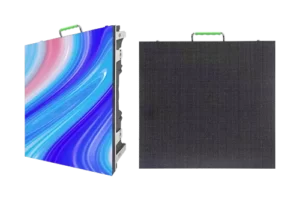







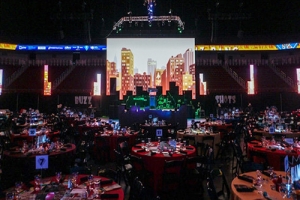

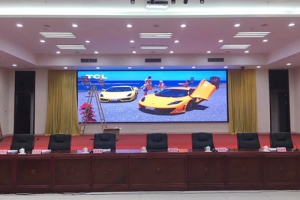
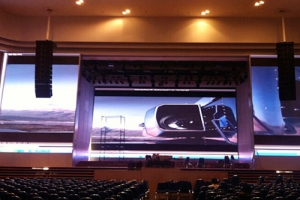
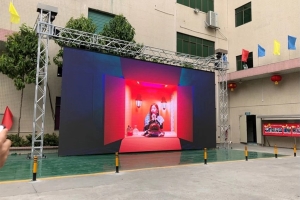
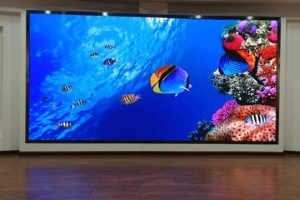
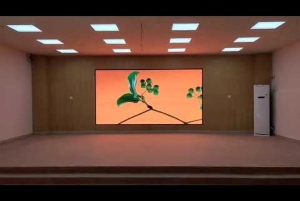
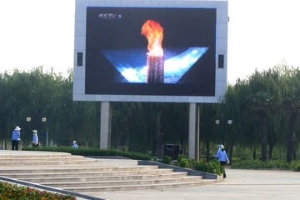






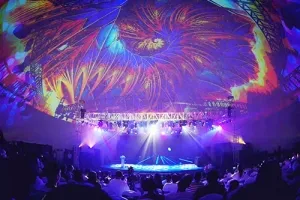

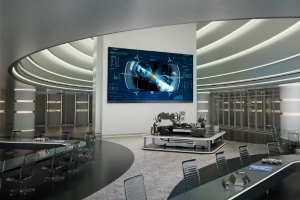






 Language
Language 




